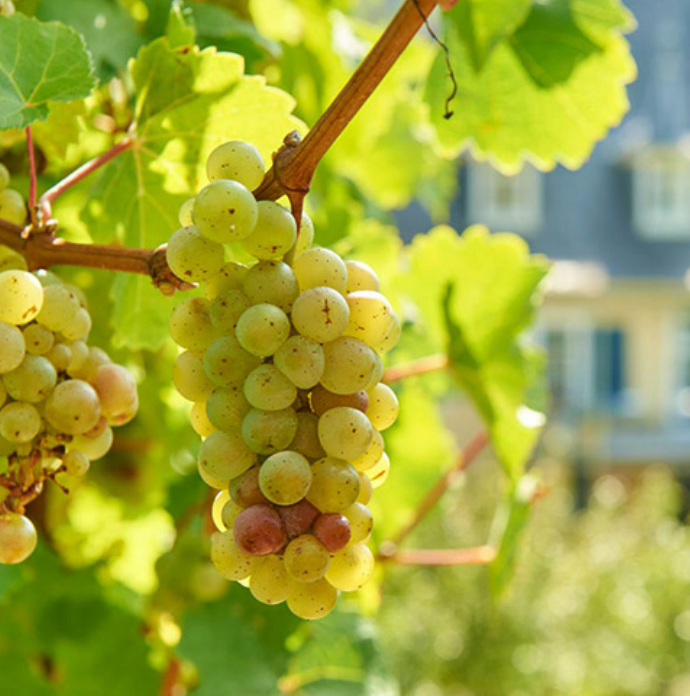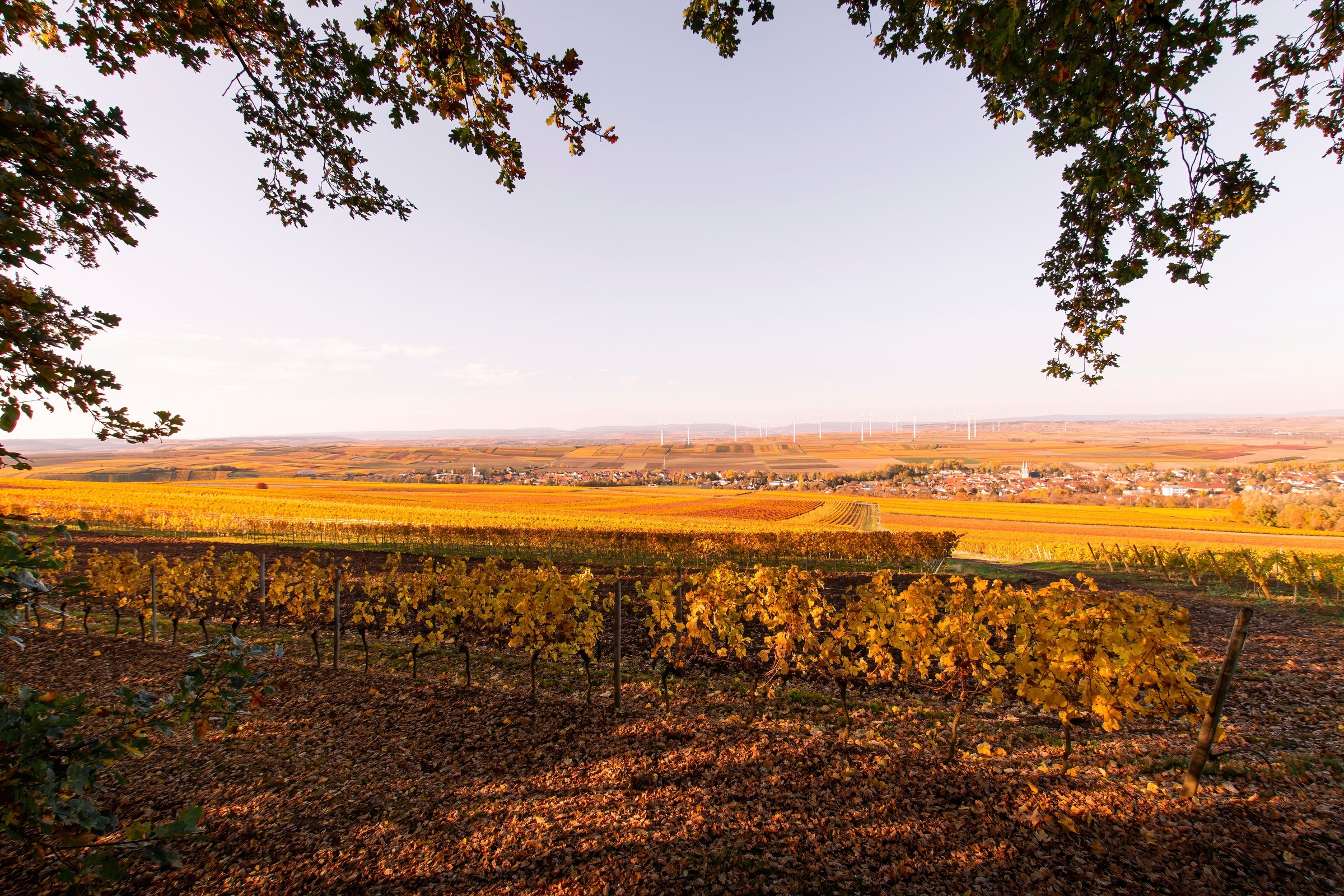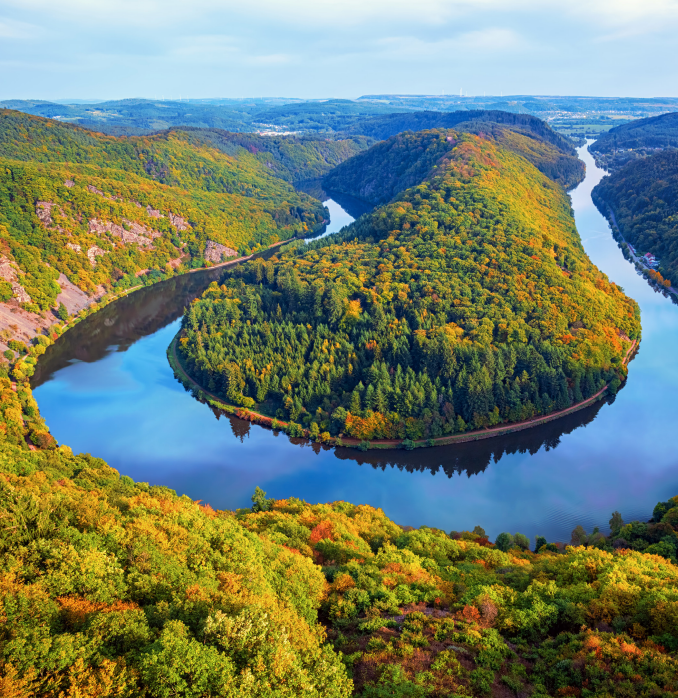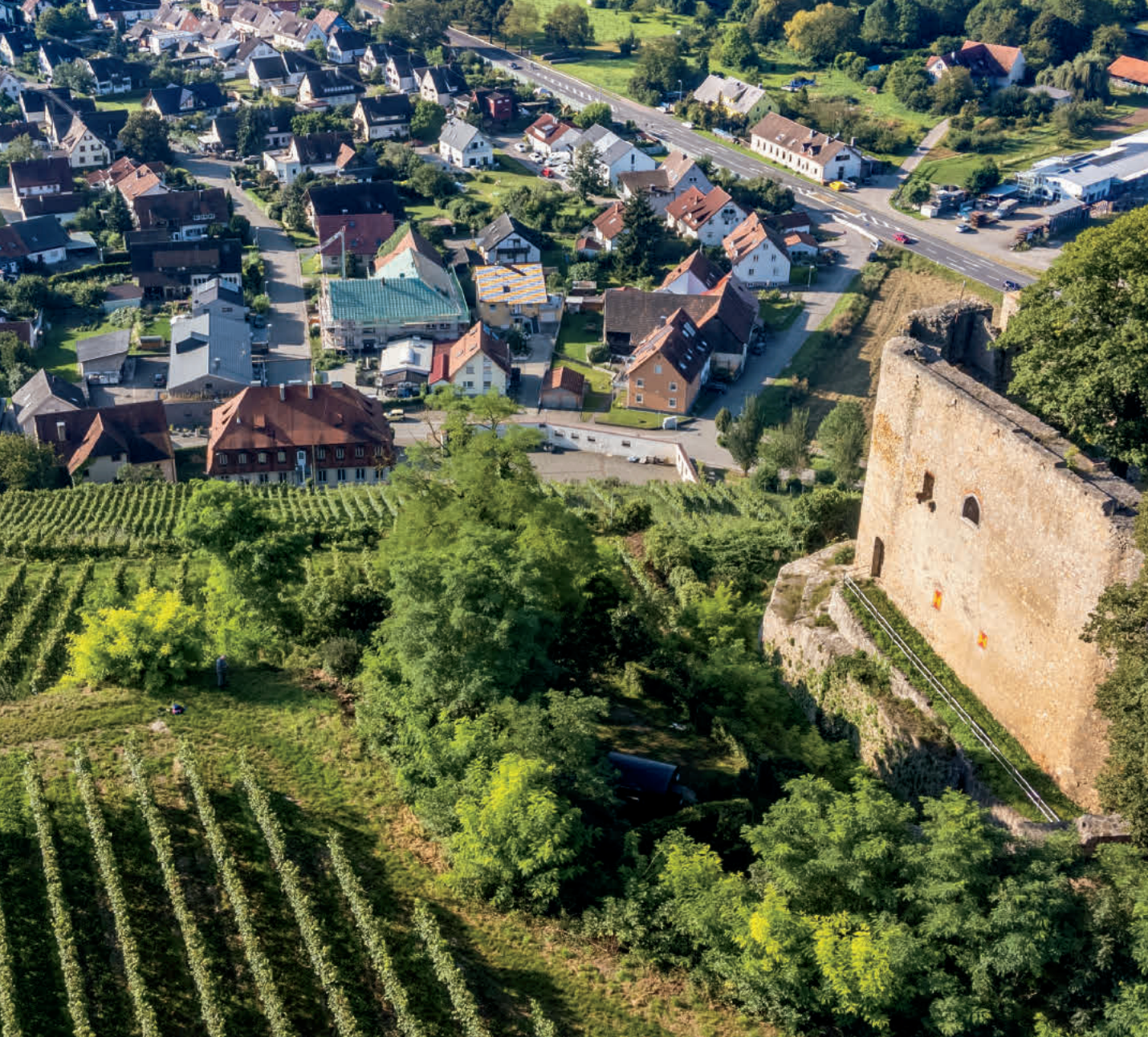There are good Rieslings and there are great Rieslings. The former will change your night; the latter, your life. Anyone who’s been quick enough to snag a bottle of Dominikaner-Keller from previous offers will tell you that they fall squarely in the “great” category...and today’s pitch-perfect, dry Spätlese makes a good case for the “greatest.”
Their Rieslings are fine-tuned with the precision of 11 generations, chiseled by the unforgiving blue slate of the Ruwer river valley’s precipitous slopes. The result is delicate, highly elegant wine that’ll have your palate tingling with mineral-etched pleasure. Today’s “Kaseler Nies’chen” vineyard is particularly special: old vines sustainably farmed in one of Germany’s most iconic Riesling vineyards. This is a highly anticipated, cerebral Riesling for those looking for something to discuss and enjoy in equal measure. Fans of these scintillating Rieslings know the drill: quantities are minuscule and demand is high. Yes, everything from acquiring to drinking this wine will raise your heart rate—but it’s well worth the rush. The greatest always are.
The Dominikaner-Keller label is an homage to the Dominican monks who once cultivated these vines, which were later acquired by the Von Nell-Breuning family—a German wine dynasty that has spanned several centuries. Peter Christian Nell started farming vines back in 1670, but it wasn’t until 1890 that a proper winery in the town of Kasel (archaically known as Casel), along with a cellar, was constructed by Oskar von Nell. From there, winemaking took off. Fast-forward a few generations and you come to Dr. Carmen von Nell-Breuning, who, as of 2013, has been proudly carrying and preserving the family’s incredible wine heritage.
“Kaseler Nies’chen” is the name of the vineyard source of today’s wine— and it’s a legendary vineyard. Any fan of the Mosel-Saar-Ruwer appellation and of Rieslings in general will raise their eyebrows in appreciation when they hear the name. Legend has it that there once was a woman named Agnes who, despite her family’s best efforts, simply couldn’t find an adequate husband. Her father gifted her the most coveted vineyard in the valley to increase her chances of marriage and, sure enough, a groom appeared almost immediately. The happy couple named the vineyard “Nies’chen”—the diminutive of Agnes—braided several vines at the top of the vineyard into the shape of hearts, and drank superlative Riesling happily ever after.
And while the story might be romantic, the hike up to the top will test your heart in a completely different way. Kaseler Nies’chen has a 70% slope in some places, so steep that there is practically no topsoil—just pure blue and grey slate. A portion of the vineyard still contains ungrafted old vines planted more than 100 years ago, their roots buried so deeply in the rock that they’ll probably outlive us all. The Von Nell-Breunings harvest by hand and farm sustainably without the addition of any chemicals. Low yields and rigorous selection are further maxims—anything to highlight the natural typicity of these elegant, delicate Rieslings. The grapes are harvested at spätlese levels of ripeness (sugar content must be high enough per the law of the region) and fermented until there is less than 9 grams per liter of residual sugar to be labeled trocken, meaning “dry,” per German wine law.
The 2015 Kaseler Nies’chen is a gorgeous pale straw with silver reflections. While it’s plenty fragrant right out of the gate, I recommend 30 minutes of decanting to release subtler aromatics of orange blossom and clover honey. The nose is slightly herbaceous, with greener notes of mango skin, mint, and cantaloupe rind balanced by the pleasant creaminess of raw pastry. Citrus and minerals take precedence on the palate: tangerine oil and crushed stone. It’s unmistakably Riesling, but there isn’t any of the tell-tale petrol scent that’s normally a dead giveaway for the variety. Instead, the backbone comes from incredibly precise notes of Ruwer-specific wet-slate and relentless, zippy acidity that puts your salivary glands into overdrive. I go right to Thai food for a wine like this; it’s strange how a medium-spicy green curry and a crunchy papaya salad seem like they were made for this bottle even though they come from the opposite side of the world. Spiciness, acidity, crunchiness, nuttiness, sweetness—it’ll be a feast for the senses. One note of caution: this wine disappeared in five minutes flat between four people. It wasn’t until the second bottle that we managed to wait my recommended 30 minutes to open up. Buy two and open them both at the same time; you’ll thank me later. Cheers!





